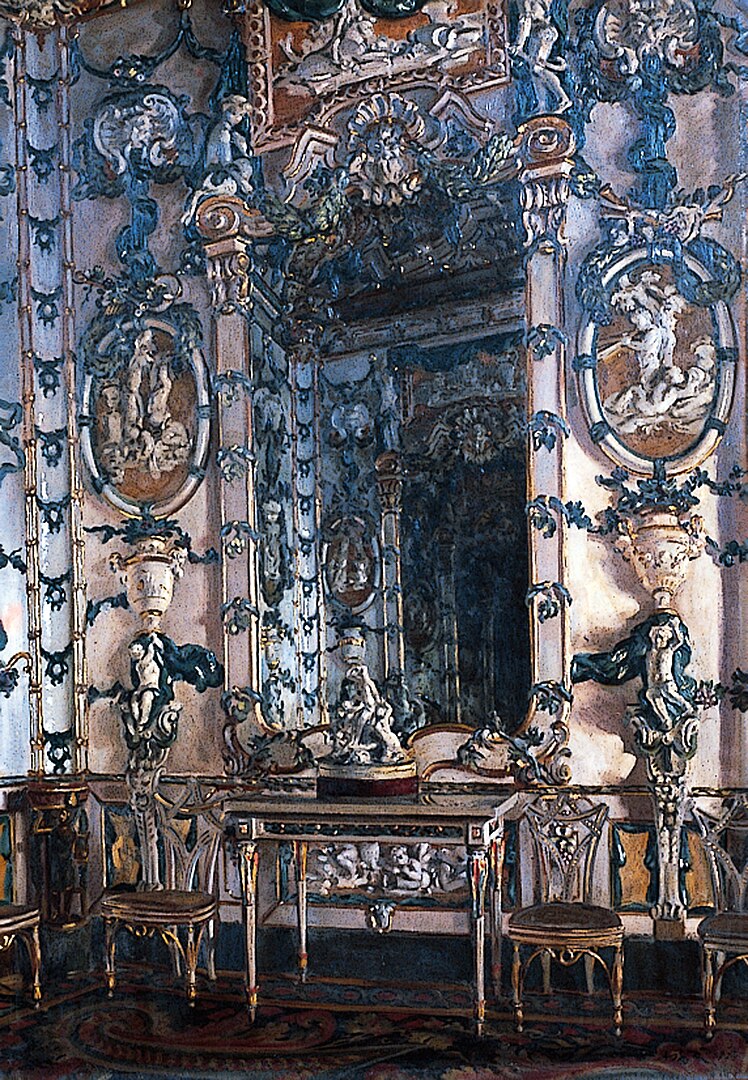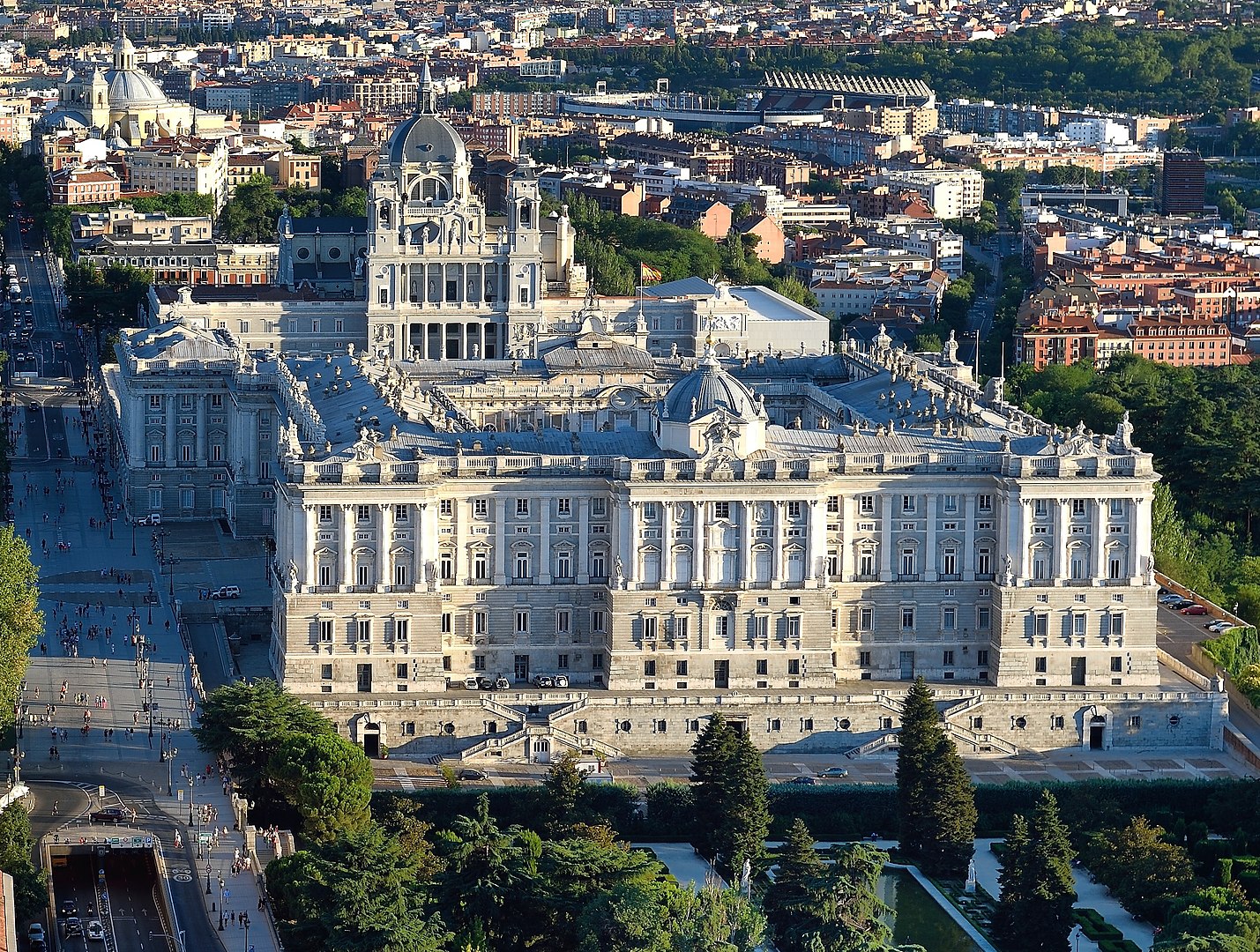
Royal Palace of Madrid
Aerial View
The Royal Palace of Madrid, known in Spanish as the “Palacio Real de Madrid,” is the official residence of the Spanish royal family, although it is now used primarily for state ceremonies. It is located in the heart of Madrid and is one of the city’s most iconic landmarks.
Historical Background
- Construction and Design: The palace was built on the site of a 9th-century Alcázar (a Moorish castle), which was destroyed by fire on Christmas Eve in 1734. The current palace was commissioned by King Philip V and designed by Italian architects Filippo Juvarra and his successor, Giovanni Battista Sacchetti. Construction began in 1738 and was completed in 1755. The architectural style is Baroque, with influences of classicism.
- Size and Structure: The Royal Palace of Madrid is one of the largest palaces in Europe, covering 135,000 square meters and containing over 3,400 rooms. It has a square floor plan with a large central courtyard. The palace is made of limestone and granite, giving it a monumental and robust appearance.
Interior and Art Collection
- Luxurious Interiors: The interiors of the palace are richly decorated with tapestries, frescoes, sculptures, and luxurious furnishings. Each room is a testament to the opulence of the Spanish monarchy, with highlights including the Throne Room, the Hall of Mirrors, and the Royal Chapel.
- Art and Antiques: The palace houses an extensive collection of art, including works by Goya, Velázquez, and Caravaggio. It also contains a collection of Stradivarius violins, antique clocks, and historic weaponry. The Royal Armory is one of the most important collections of its kind in the world, showcasing armor and weapons used by the Spanish monarchs.
Gardens and Surroundings
- Campo del Moro Gardens: The palace is surrounded by beautiful gardens, including the Campo del Moro, which is located at the back of the palace and offers a stunning view of the building. These gardens were designed in the 19th century in a romantic English style.
- Plaza de Oriente: In front of the palace is the Plaza de Oriente, a grand square featuring statues of Spanish kings and the equestrian statue of King Philip IV, which is a masterpiece of Baroque art.
Public Access and Cultural Significance
- Tourist Attraction: The Royal Palace of Madrid is open to the public, and visitors can explore several of its rooms and exhibitions. It is one of the most visited sites in Madrid, attracting millions of tourists each year.
- Cultural Events: The palace is still used for official ceremonies, state banquets, and other important events. It plays a key role in Spain’s national identity and is a symbol of the country’s rich history and cultural heritage.
Statues of the gothic and scepter
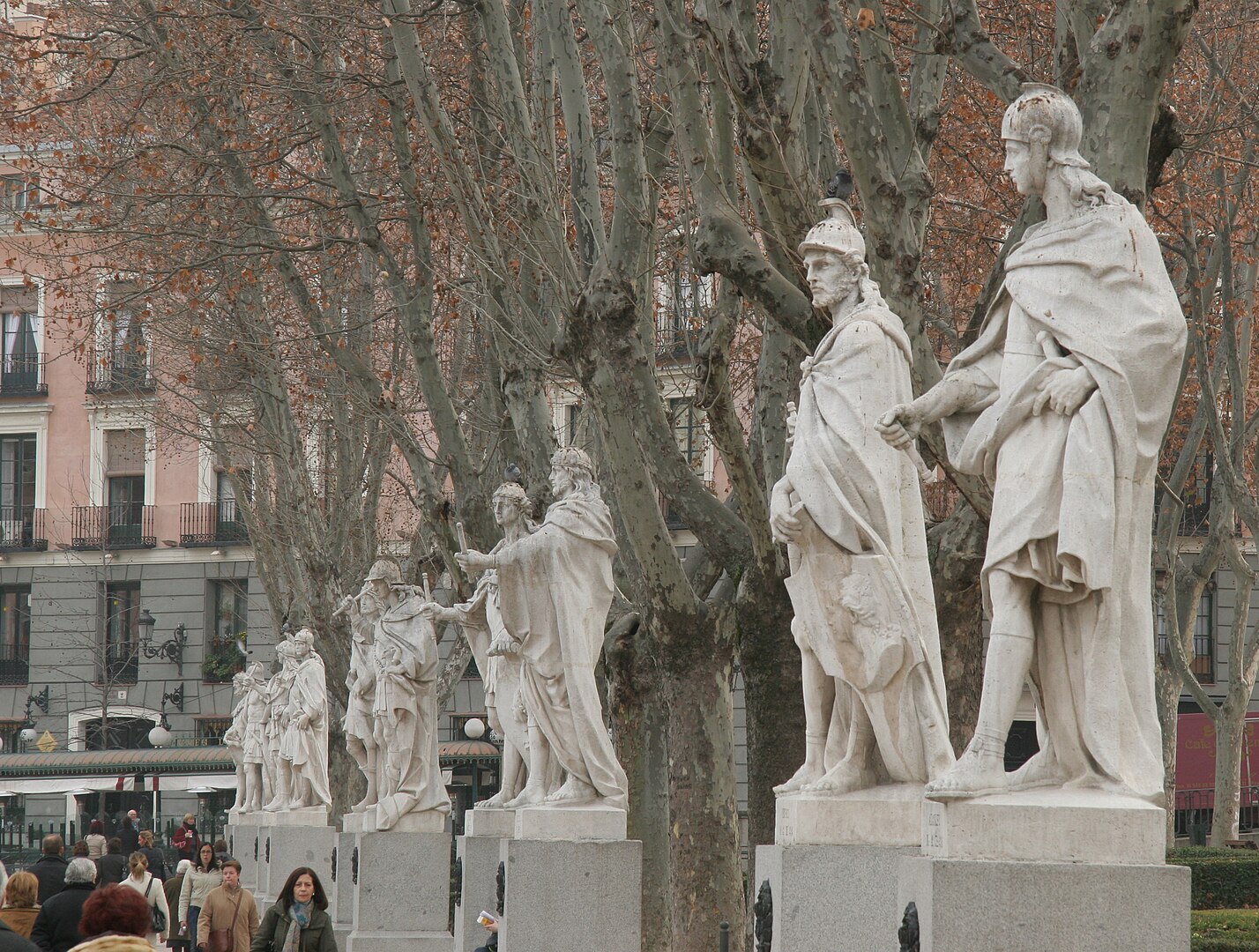
Facade over the Prince’s Gate
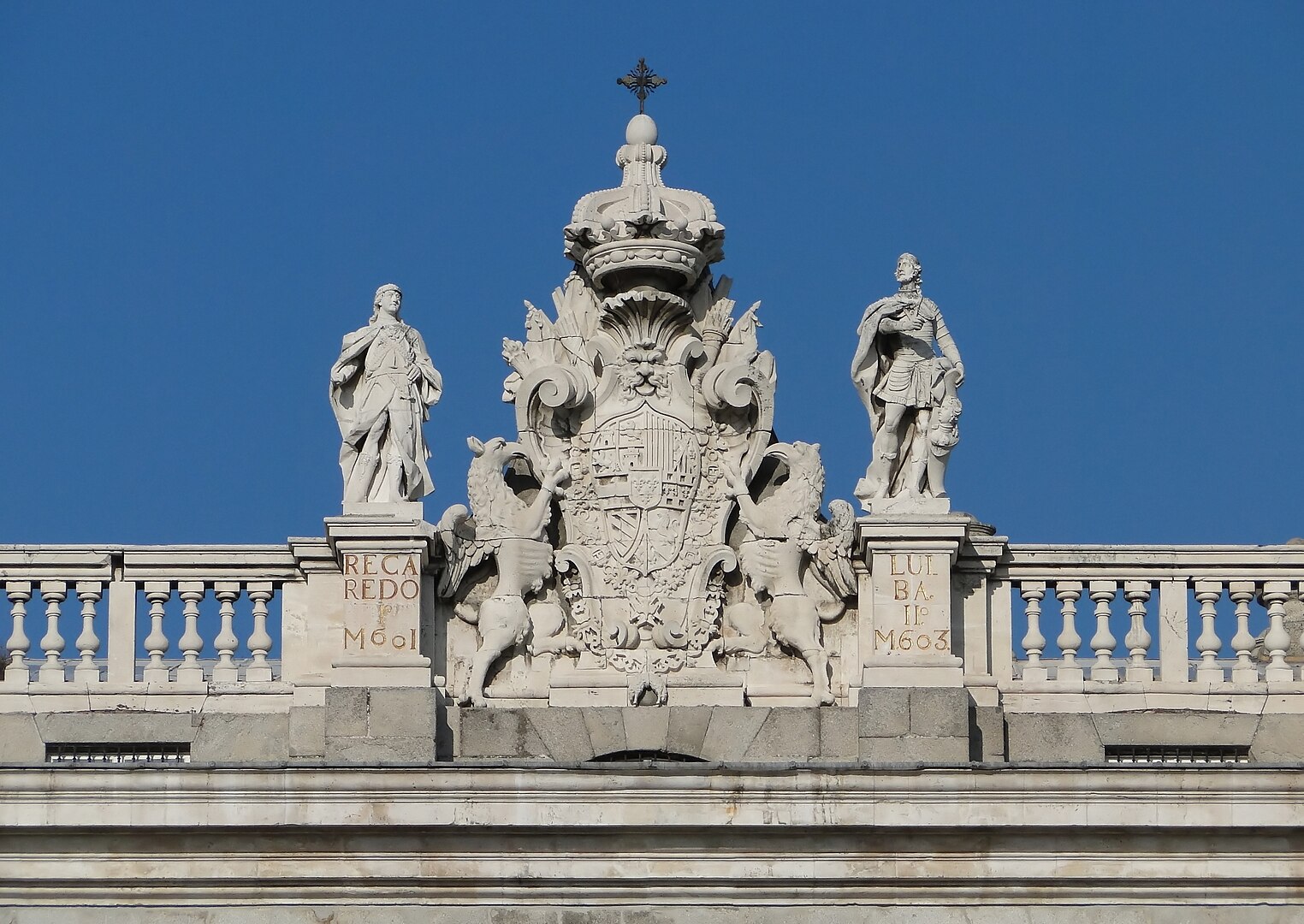
Panorama as seen from the Catheral’s Balcony
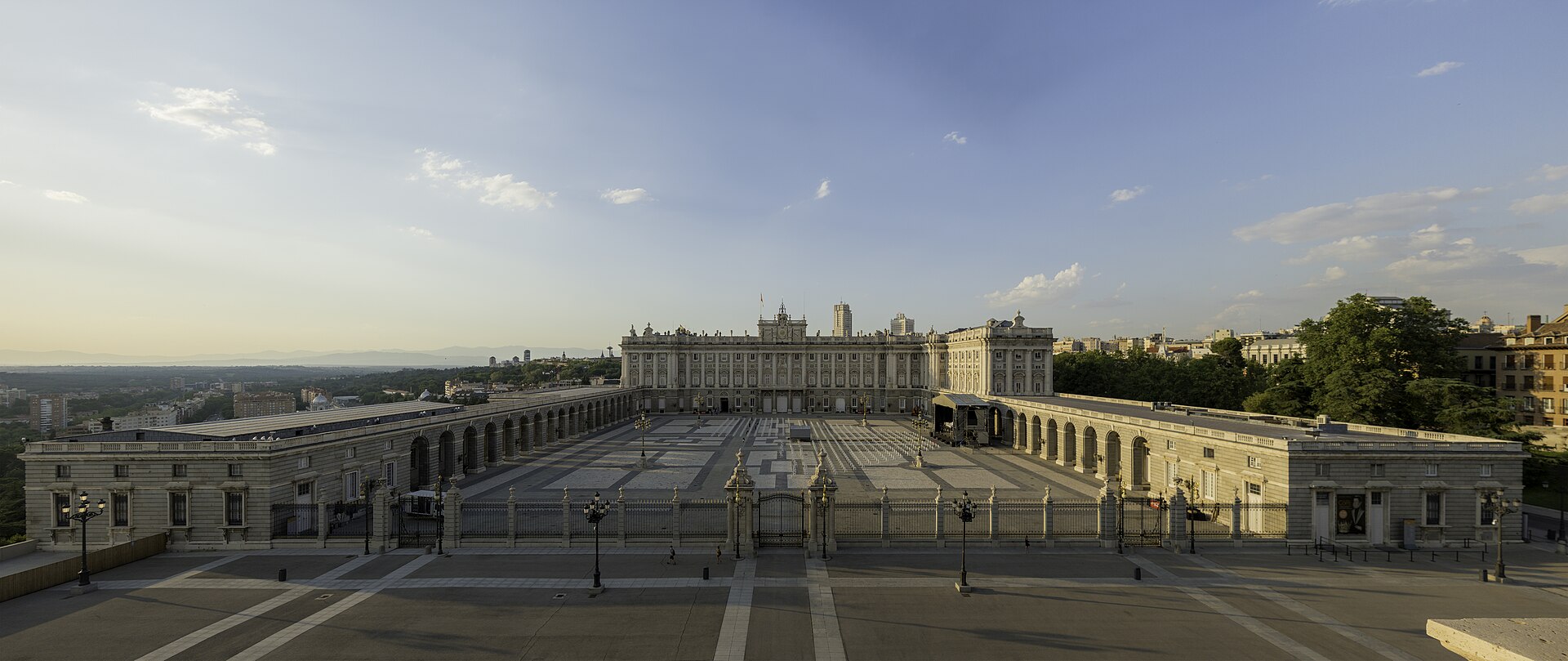
View from the Sabatini Gardens
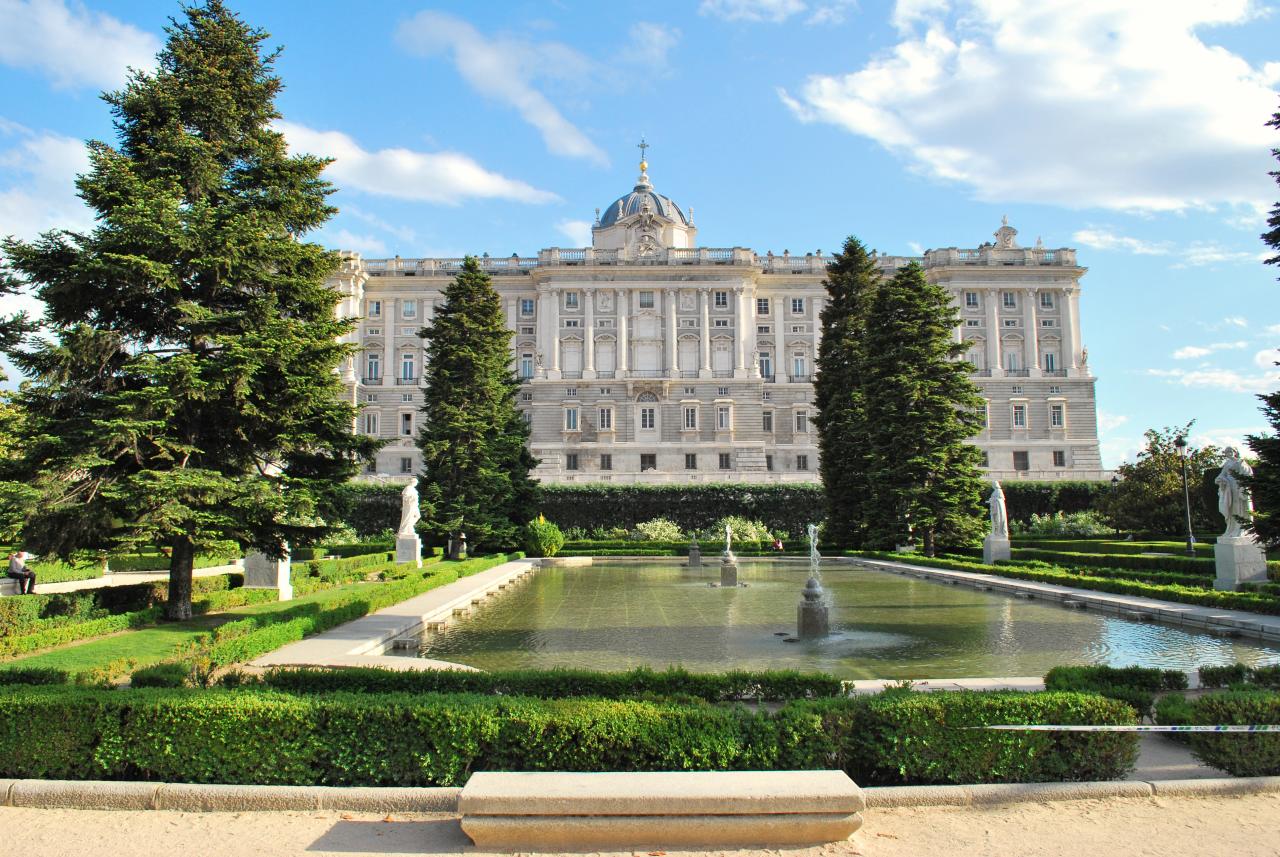
View of the park of the Royal Palace from Cuesta de la Vega
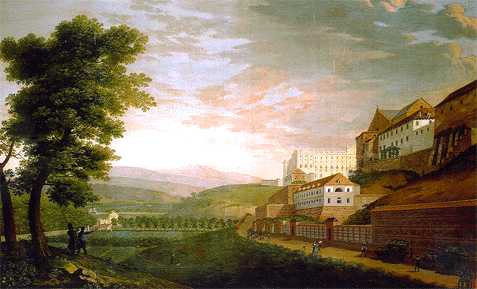
View of Paseo principal part of Campa del moro gardens
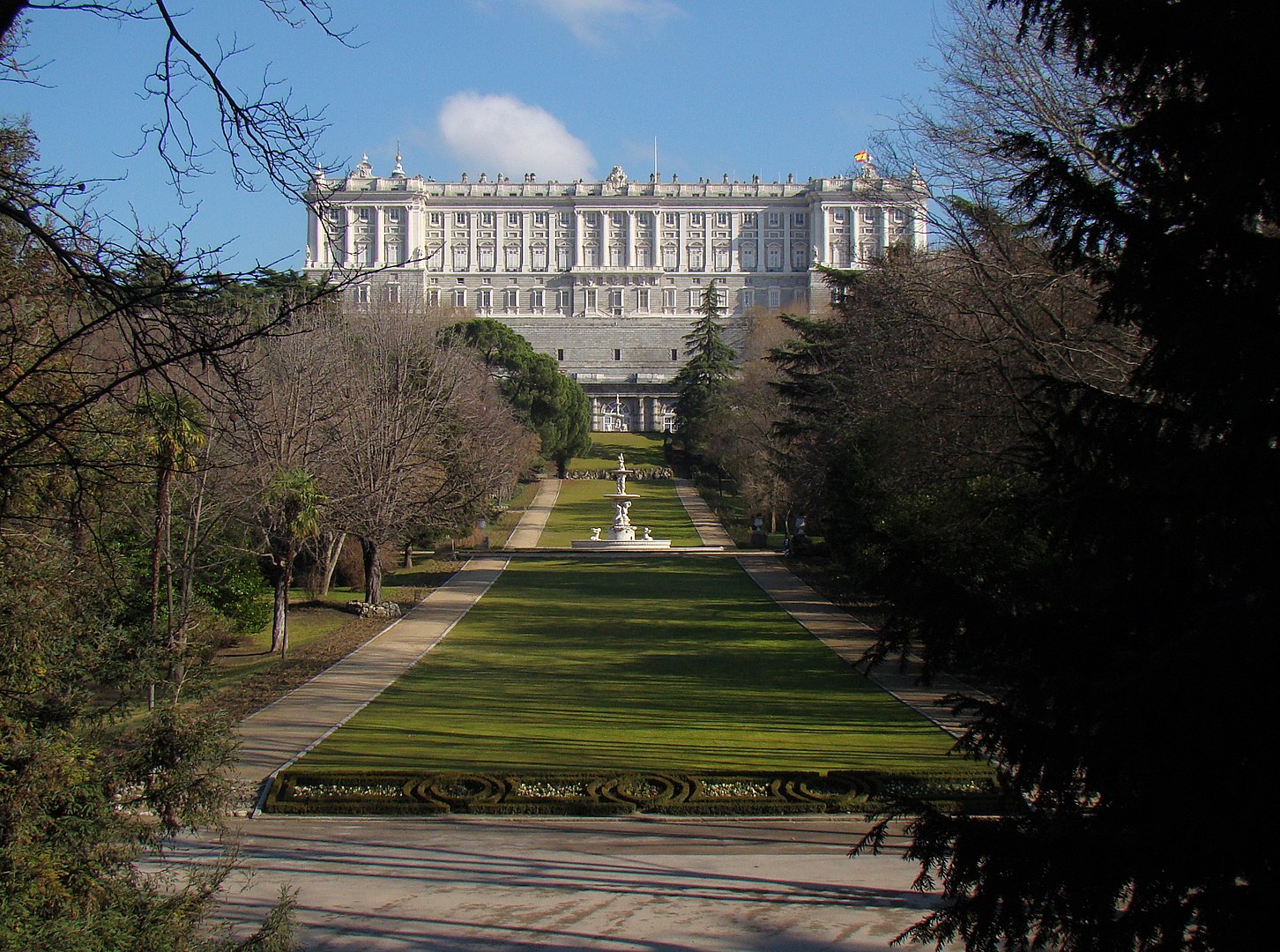
View of the Palace Complex
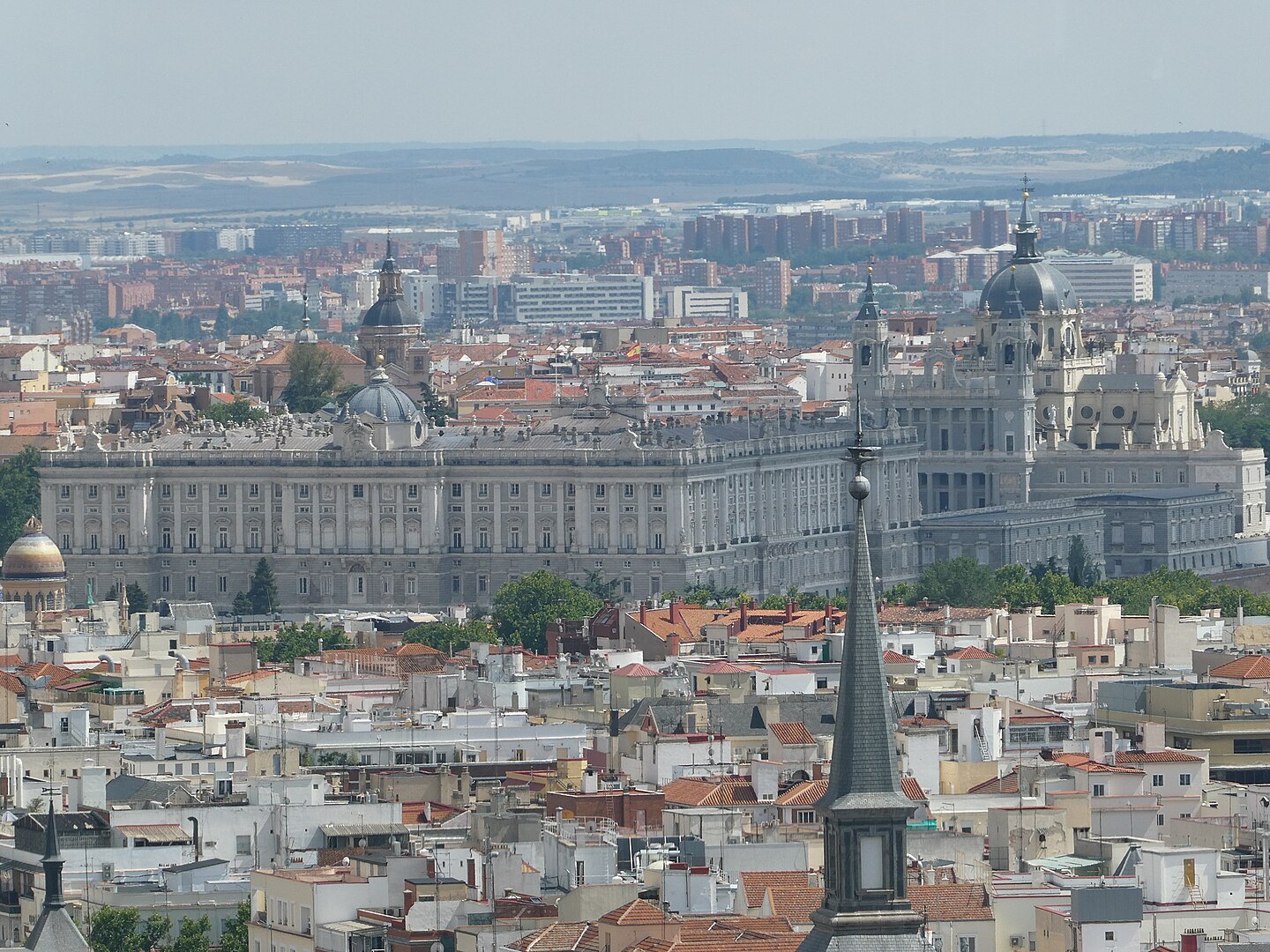
Former Royal Alcazar of Madrid
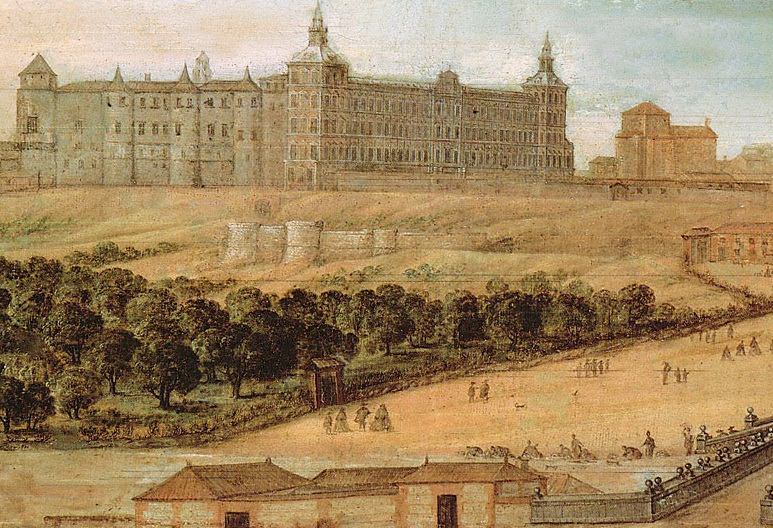
Giaquintos Fresco above the Staircase
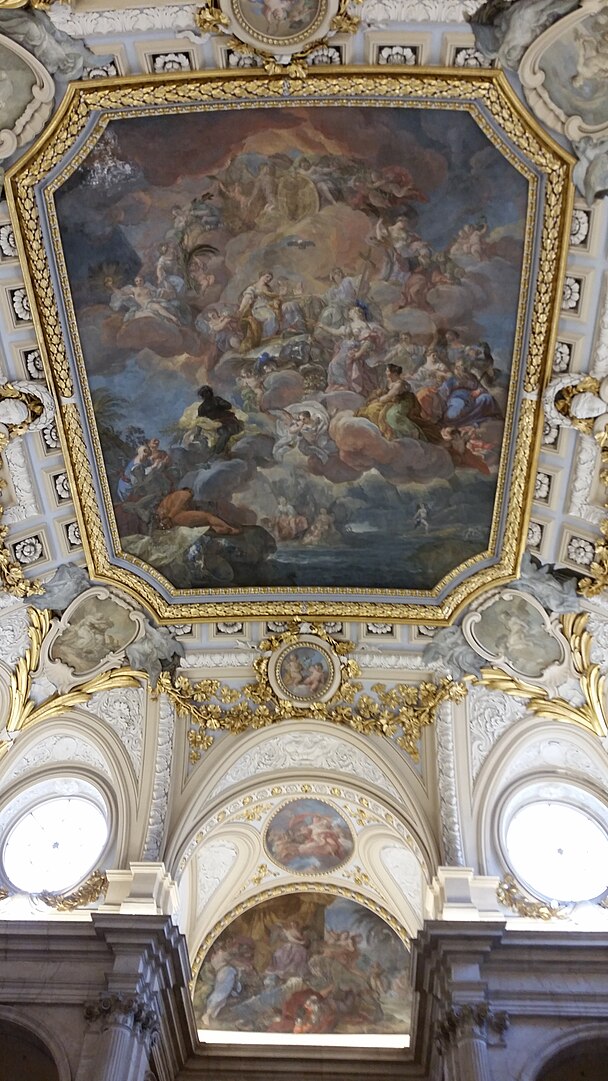
Royal Armory
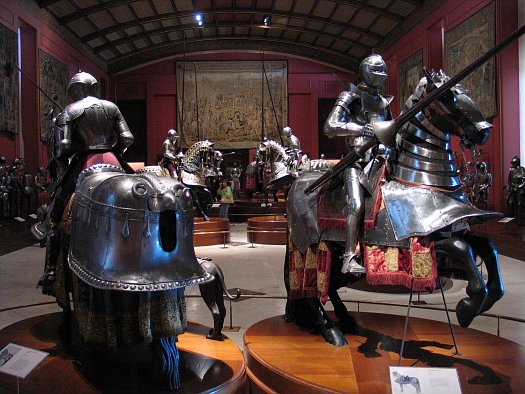
Royal Pharmacy
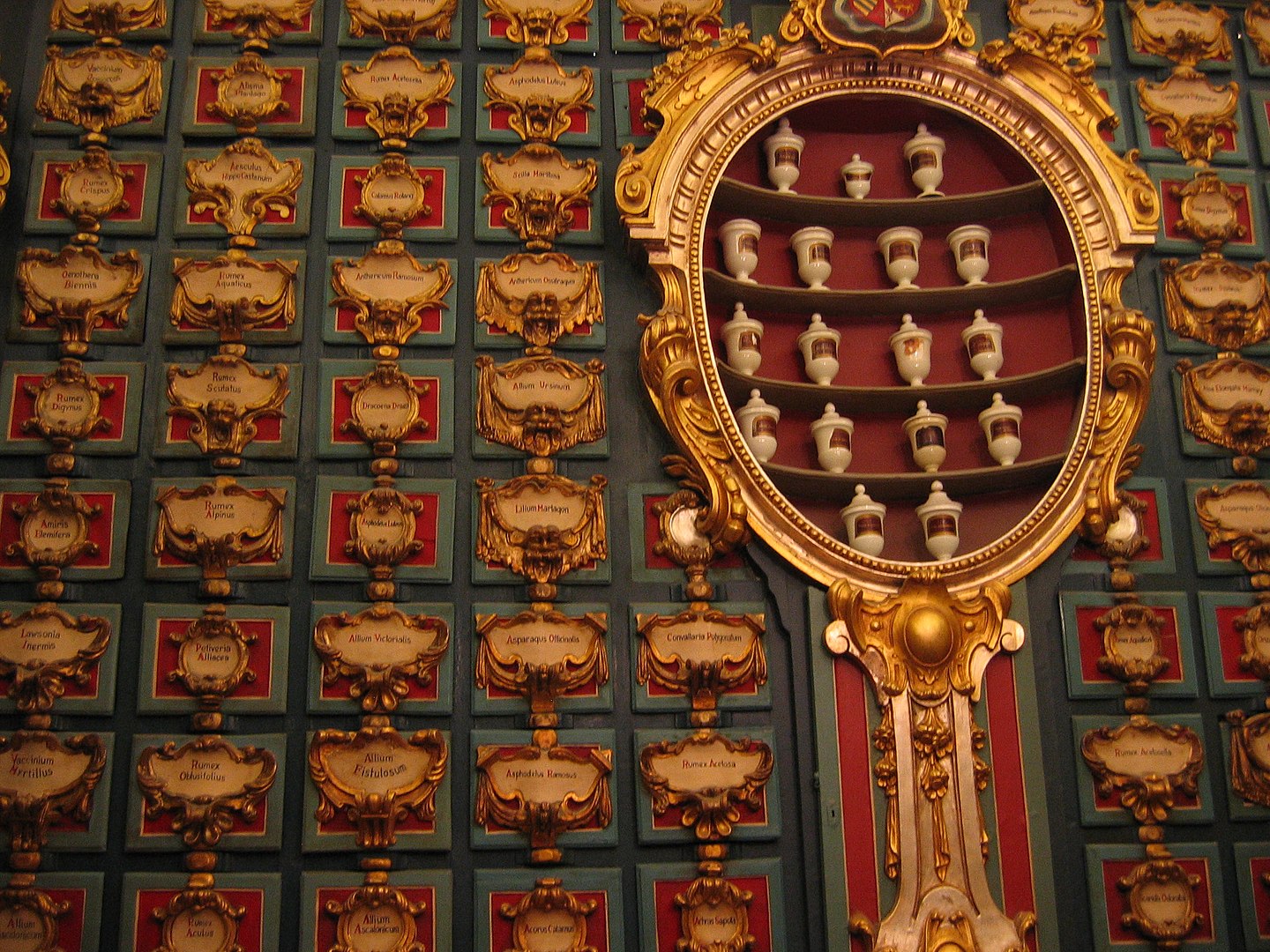
Salon of Charles III
Photo 1927
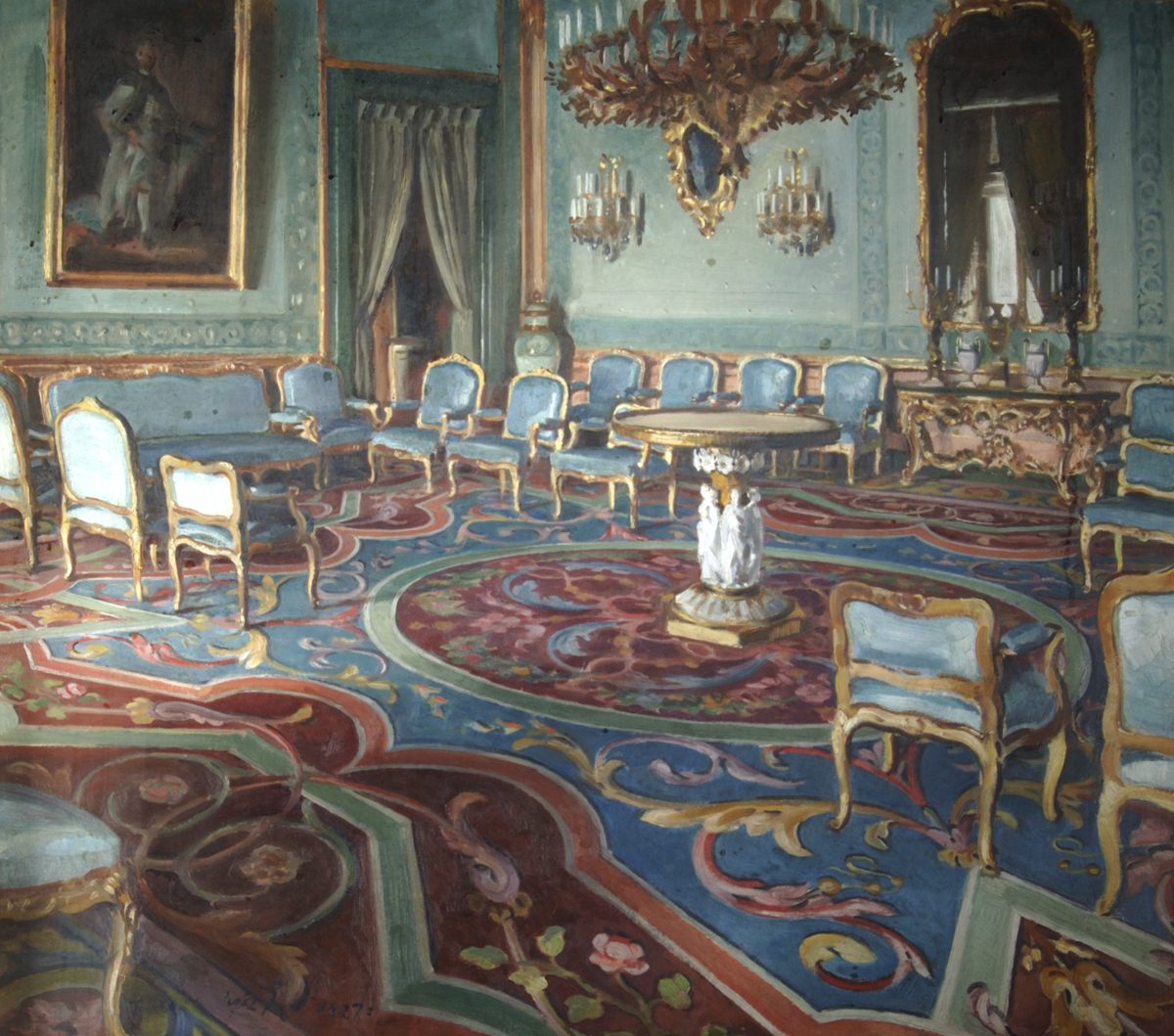
Spanish Royal crown and scepter
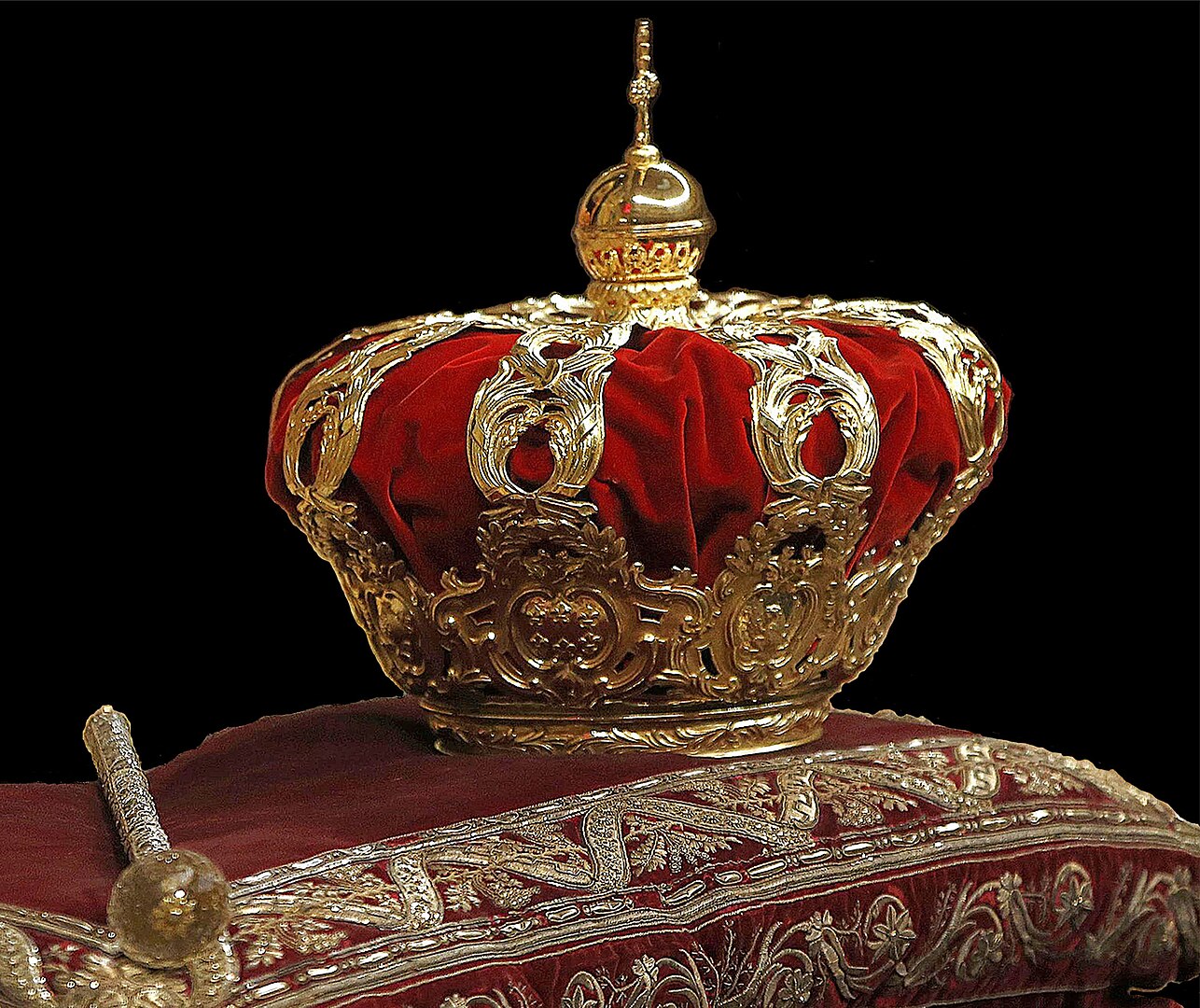
The Gasparini room
Photo 1927
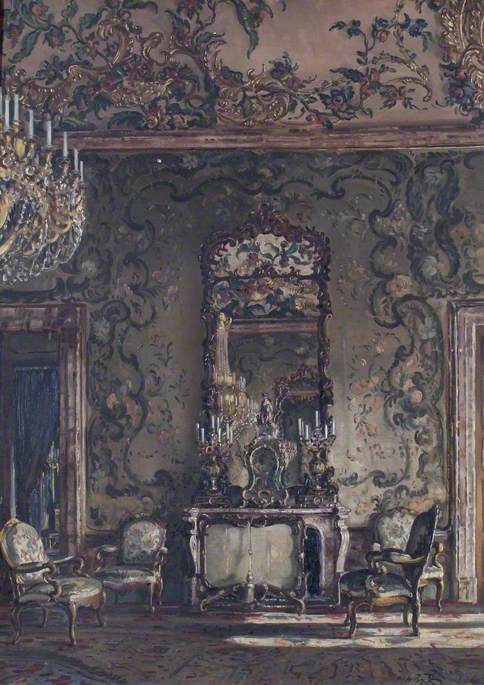
The porcelain room
Photo 1927
